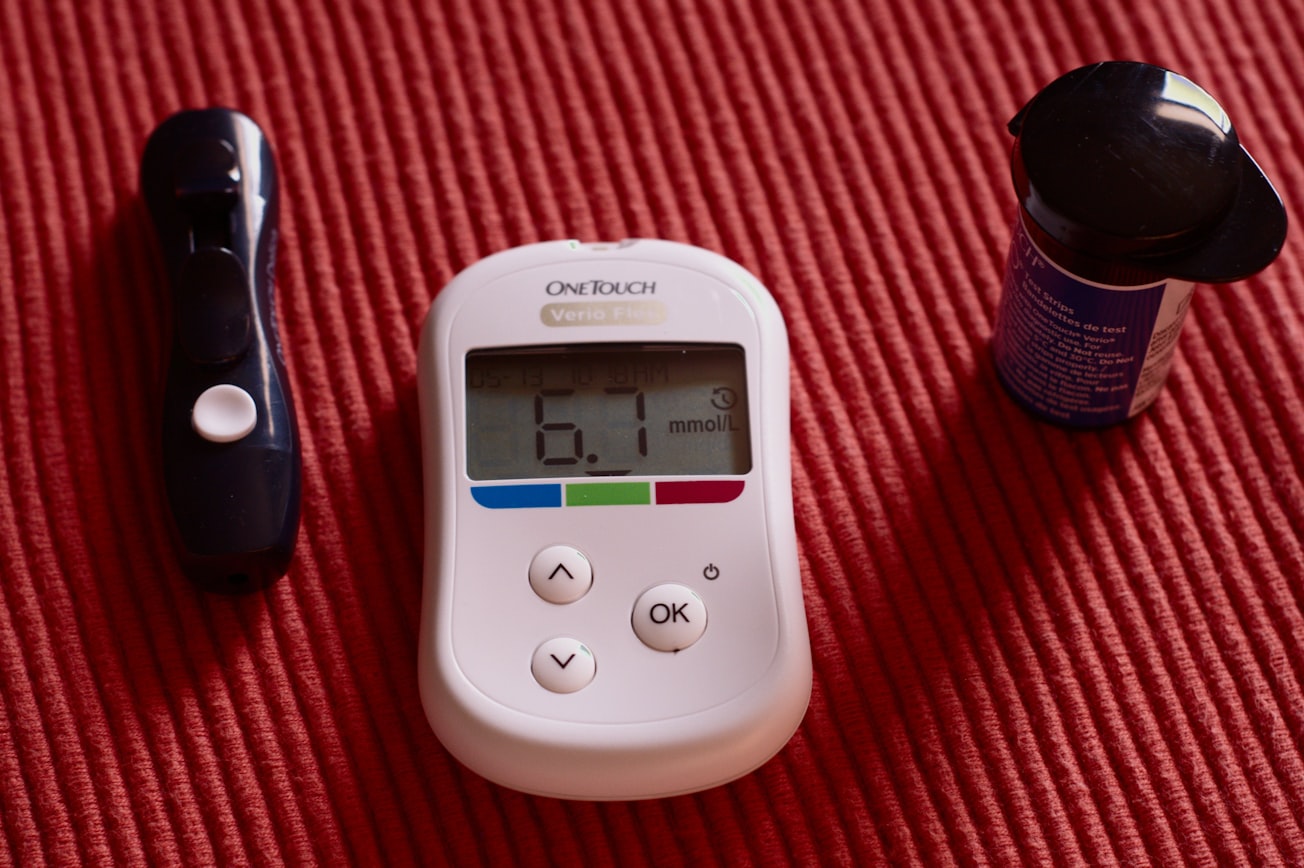What is it about?
It is about foot ulcers seen in patients with diabetes mellitus and multidisciplinary approach to the prevention, detection, care, and treatment of this complication. http://dergi.totbid.org.tr/20155/totbid.dergisi.2015.53.pdf
Featured Image

Photo by Kate on Unsplash
Why is it important?
Foot disorders seen in diabetes patients have a high mortality, morbidity and recurrence rate, and affect the patients’ quality of life. Due to high expenses they have a huge burden on the economy and can be avoided to a great extent by multidisciplinary approach. Diabetic foot ulcer is a common problem especially in developing countries, growing in concordance with the increasing prevalence of diabetes. Neuropathy due to hyperglycemia, ischemia and repetitive traumas to the foot play a role in the etiopathogenesis. Infection may develop in the chronic wound seen in diabetes due to the reduced function of inflammatory cells, the decrease in growth factors and cytokine levels, a decrease in angiogenesis, and impairment in the matrix turnover. This constitutes a risk factor for lower extremity amputations. Diabetic foot ulcers which have undesired outcomes can be avoided by screening of patients with risk factors, performing foot examination at every visit and educating the patient for possible risks. A multidisciplinary approach is necessary for the follow-up and treatment of the diabetic foot ulcer. Local therapies like appropriate wound care and debridement, off-loading the foot, and vascular interventions in the presence of peripheral vascular disease are crucial for extremity-sparing therapy. But the systemic ones like glycemic control, infection therapy and curing comorbid risk factors including hyperlipidemia and hypertension are as important as wound care. Some emerging adjuvant therapies such as hyperbaric oxygen, negative pressure wound therapy, skin cell graft, growth factors, low energy laser, and platelet-rich plasma are being investigated for their efficacy on the healing of chronic wounds.
Perspectives
It has been a pleasure to work with Professor Ilhan Satman, the head of Public Health and Chronic Disease Institute of Turkey, former vice president of Turkish Endocrinology and Metabolism Association, former head of Department of Endocrinology and Metabolic Disease at Istanbul University Istanbul Faculty of Medicine on this project. I have gained great insight into diabetic foot, diabetes mellitus and writing a comprehensive review paper. Unfortunately, this valuable piece of review article is in Turkish. This link can be used to access the article: http://dergi.totbid.org.tr/20155/totbid.dergisi.2015.53.pdf
Dr Sabiha Banu Denizeri
Istanbul Universitesi
Read the Original
This page is a summary of: Diyabetik ayak etiyopatogenezi ve bir toplumsal sorun olarak diyabetik ayak, Türk Ortopedi ve Travmatoloji Birliği Derneği, January 2015, TOTBID (Turk Ortopedi ve Travmatoloji Birligi Dernegi,
DOI: 10.14292/totbid.dergisi.2015.53.
You can read the full text:
Resources
Contributors
The following have contributed to this page







